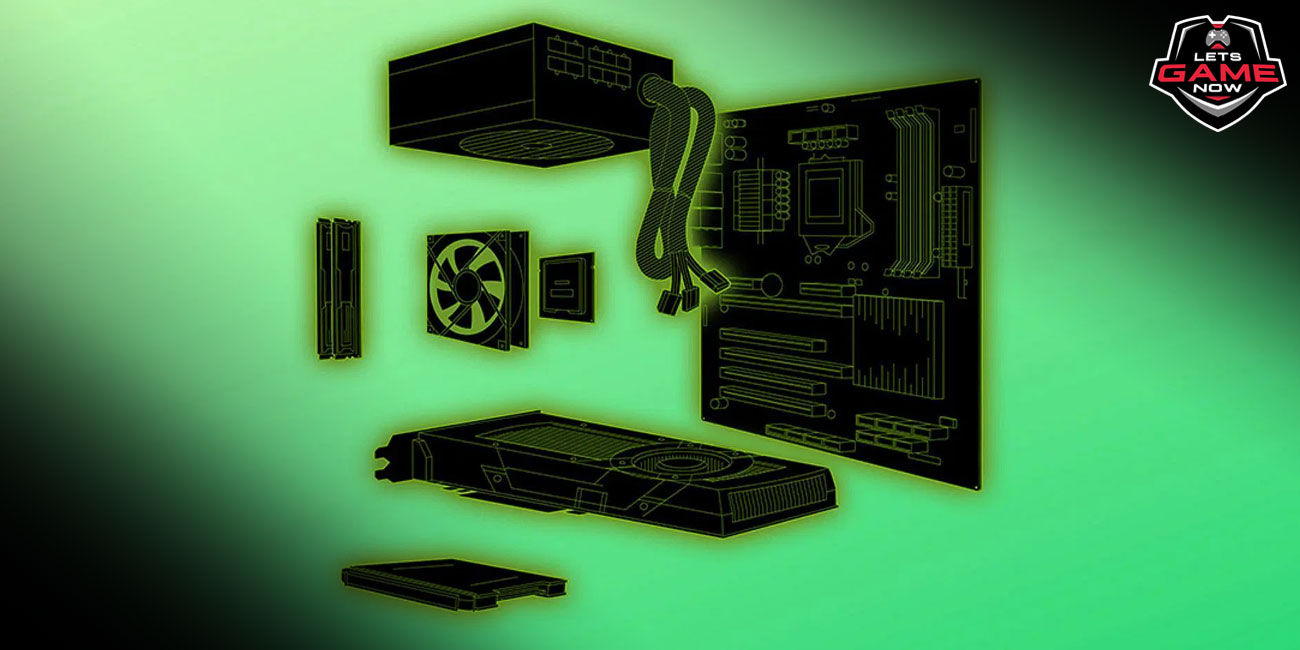


Noushin
Aug, 31.2022
Building a PC can be fun and knowledgeable, but doing it for the first time may be a matter of concern and confusion. Despite the ease of the outlook that’s there in building a PC, it demands intensive research. Below are the steps to keep in mind while building a PC.
1) Buying compatible PC components - One may get confused by the numerous choices available in the market. Hence, it’s important to make the right choice. Choosing AMD CPU with an intel-based motherboard, in near future would either require the CPU or the motherboard to be replaced.
2) Buying a good power supply - It’s a crucial component to add to the PC as less power supply may damage the PC parts. To cut down on the budget, don’t opt for cheap PSU which may later cause your suffering. As the low-cost PSU may not provide the optimal level of power required and may burn some parts of the CPU.
3) Building a PC on the right surface - Static surfaces should be used to build a PC as there are very low possibilities of burning as compared to metal surfaces. Metal surfaces hamper motherboards and CPUs as they catch static charge due to friction.
4) Employing the right fan orientation - Generally, fans seem to suck air into the case from the front while blowing it out from the back. If the case includes a top vent, then one should install them as exhaust fans since hot air would ascend through them. Thus, orienting fans in an improper manner can lead the airflow to be sub-optimal. Hence, one must be very careful while orienting a fan in a proper way. This helps the CPU to provide its maximum level of performance.
5) Plugging RAM correctly - Aligning the memory cards in a proper manner is one of the key factors to remember. One should keep in mind that DDR4 and DDR5 are mismatched connectors. While plugging the cards in their respective slots, we must do it gently as possible otherwise there is a possibility of breaking down, which further can hamper the motherboard as well.
6) Installing RAM in a dual configuration - Four RAM slots are common on motherboards. To get the most out of their components, users can install a memory card across each of the two channels. Checking the motherboard documentation would be the only method to determine the proper settings.
Customers could be persuaded to believe that using more thermal paste would increase cooling effectiveness. It's imperative to precisely apply only one drop of thermal paste to the CPU.
7) Putting an I/O shield: - Beginners sometimes overlook mounting the motherboard's I/O shield. It will be challenging to apply afterwards if the user forgets to add the I/O shield before installing the motherboard. It could even be difficult to utilize it again in the future. As a result, it is usually advised to attach the motherboard first, then the I/O shield.
8) Registering products and keeping warranty cards safe: - Buyer’s risk being unable to make a maintenance claim if they do not enroll their items for warranty or store the necessary cards separately in a secure location while constructing PCs. That said, the serial number can be used to submit a warranty claim for select goods, such as system memory and headphones. However, if the necessary card is absent, the warranty will often be voided by the manufacturer.
9) Plugging monitor into graphics card: - In case consumers desire a visual feed from an integrated GPU, the majority of current motherboards feature both an HDMI and a DisplayPort. A good graphics card will improve the gaming experience for those who have it connected to the monitor.
10) Picking up a copy of Windows: - Most individuals neglect to purchase a copy of Windows along with the PC parts they're constructing. It is important to note that consumers may experience problems with a breach or data leak if they don't have a legal copy of Windows. Therefore, it is advised to allocate money for a Windows key.